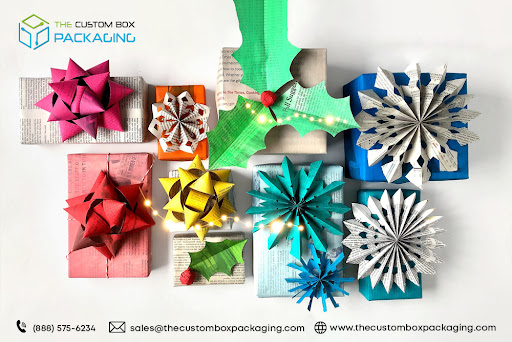Succulent plants are growing in popularity every day. They are so beautiful to look at and you also don’t have to take care of them a lot. Everybody wants to connect their place with nature.
So succulents are a new hype in the market. They are easy to ship and deliver compared to other plants. The plant has a longer life. They are surely very resilient. The succulent species are adapted to harsher conditions so they don’t die easily.
Pets and Plants
If you have a cat then you surely know about catnip. The plant apparently produces euphoria in cats. The effect of catnip can be various but don’t ever take this plant home if you have a cat around.
Even if you don’t have a cat, this is not a very good choice of the plant as there are cats in every neighborhood. This can make some cats passionate while some act aggressively and sometimes violently.
Obviously, catnip is not a succulent so let us get back to why they can harm your pet.
The succulent plants are given this name as they can retain water. They have some jelly-like material in their leaves, stems or branches. Like the aloe Vera gel. Though it is very useful for human beings, not so much for pets.
The Thorns on the Plant
Most species of succulents have thorns on them. The pet can injure itself. If they try to play with it or push it, they may get hurt. The Euphorbia Millie has the sharpest thorns 1/2 inch long/ they can be very lethal to a bird.
The kind which penetrated Nightingale’s heart in the Oscar Wilde Story. The plant is given the name Crown of Thorns in reference to a biblical story. It says that Jesus Christ was made to wear this mock crown at the time of the crucifixion
However, these thorns are not poisonous but still pet birds and animals should not be left alone with them. House pets are not the smartest and they get curious easily.
Sap or Latex Irritation
Most succulent plants have latex in their leaves or branches, others have gel. This latex is not too poisonous to cause death or deadly sickness. Still, it can cause skin irritation or Rash.
Direct contact with some succulents can cause skin allergies. The latex or sap is very bitter but if swallowed it can cause nausea. diarrhea, and vomiting. Plants like a jade plant, panda ears, and pencil cacti are popular and the latex in them causes these problems in cats and dogs.
The chances of ingesting the material are rare.
The Big No
The Kalanchoes class of succulents doesn’t have a positive effect on pets as well as wild animals. Their presence can make the pet dreary, lethargic, and weak. The chemical produced in this can get to your pets even if they do not touch it.
Some of the plants in this class produce daigremontianin steroids which can cause abnormal heartbeat, seizures, and even collapse. It may not hurt your healthy, active pet considerably but it can make things worse for the already sick one.
Make It Easy for Yourself
If you love pets and succulents the equal amount then try to keep them apart. You have pets in homes and get succulents in the office. If you work from home or you are stay at home mother then you should get the safer succulents.
There are many benefits of succulents. Some of them enhance the energy of the space according to Feng shui. So don’t give up on them.
Snake plant is a good option for you. First of all, it emits oxygen at night. It helps in removing toxins from the air and it only harms pets if ingested. The hard leaves make it very difficult to ingest so there is nothing to worry about.
Plants are mandatory for any house. If you want resilient plants go for succulents. They are the hardest to kill.
You can and should ask your vet about the allergies that your pet might have before buying any plant. Don’t buy catnip for the house, its continuous exposure is not good for your cat.
Take care of your pets and your plants.








